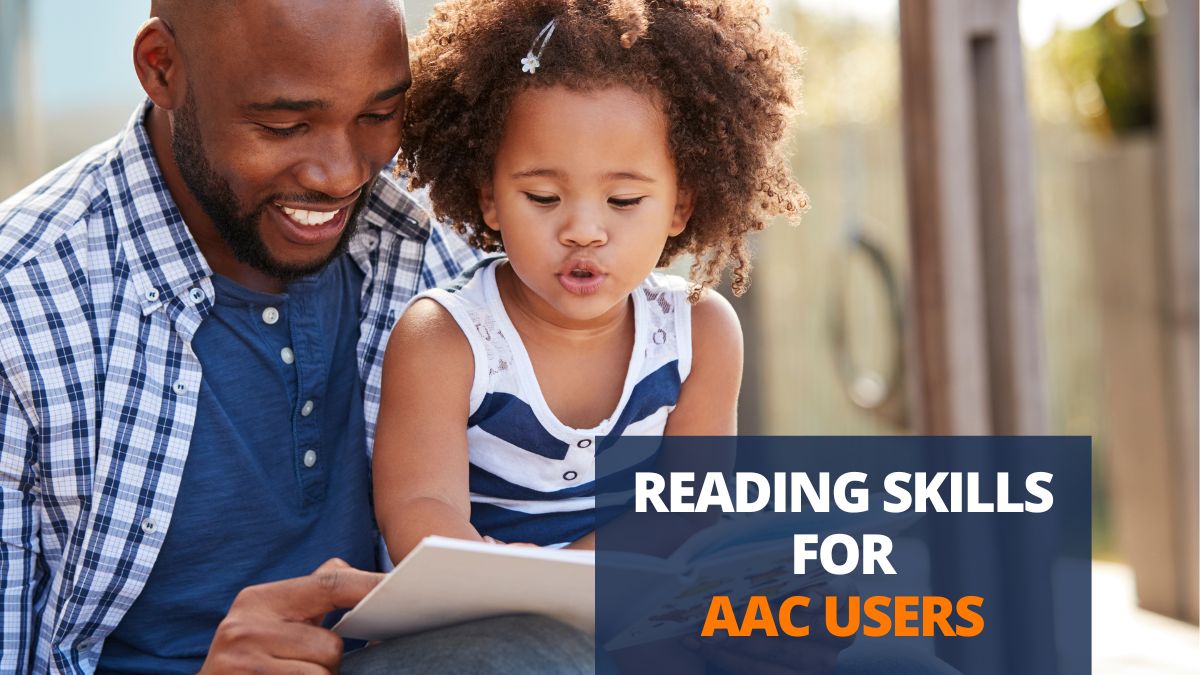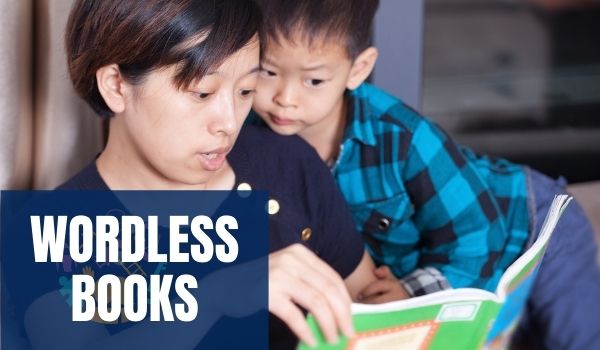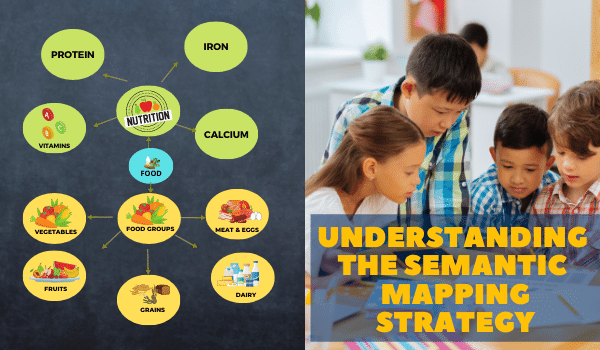Reading comprehension is the ability to make meaning out of a text. It is a key component of literacy acquisition for learners with complex communication needs. While reading is a great activity for building language abilities, it is important to make sure that AAC learners have understood what they are reading.
Reading Comprehension Challenges
There are several pre-requisite skills for comprehension. Learners must know to decode which requires phonemic awareness. In addition, as a learner’s vocabulary grows, developing sight-word recognition becomes important. Not only does it speed up reading, but it also because it frees cognitive space for comprehension.
Each learner can have their own set of reading challenges. Understanding the underlying difficulties will help the learner to improve their comprehension skills. For learners with complex communication needs, they must have access to a means to express what they have understood. This can be through gestures, low tech boards, or speech generating devices.
Ways to Support Reading Comprehension
Here are a few ways in which you can help develop comprehension in AAC learners:
Reading Adapted Books
Adapted books refer to books that have been modified so that learners with disabilities can read better. They can have simplified text that uses vocabulary that matches the learner’s abilities. For visual learners, books with AAC symbols can help in understanding text. Symbols also help them to comment or answer questions about the story. Using smart charts can serve as a cheat sheet that helps learners using Speech Generating Device in navigating to the vocabulary they need.
For some learners, including tactile elements can help in understanding what certain words mean and also motivate them to read more. Interactive books that have removable pieces can be engaging and make reading a pleasurable activity for the learner.
Using Graphic and Semantic Organizers
Graphic and semantic organizers serve as visual aids that help learners to understand the relationships between components of a story. Since they are able to see visually what they are expected to focus on and what information to give while responding, it helps learners with comprehension. Learners can find it easier to organize information they have learnt and express their knowledge.
Studies have shown that using graphic and semantic organizers help learners activate prior knowledge. They help in identifying and connecting the main ideas of a text. Such visual scaffolds help learners absorb and retain more information.
Enactment of Story
When peers, parents, or teachers act out scenes in a story, children may understand the concept better. For example, while reading a story with a focus on action verbs, we can show the action so that the learner understands what the words mean. Similarly, acting out the emotions of the characters can help learners make the connection between the events and how they affect the characters.
Learners may also understand the sequence of events better – whether something happened before or after a particular event. In addition, acting out scenes of a story can also help in understanding cause/effect and problem/solution of a story.
Reading is as essential literacy skill required for the societal participation of all learners. By developing reading comprehension skills, we enable learners with disabilities to gain education and employment which are crucial for them to lead fulfilling lives.
Hope you found this blog useful. Please give your feedback and suggestions in the comment section below.




